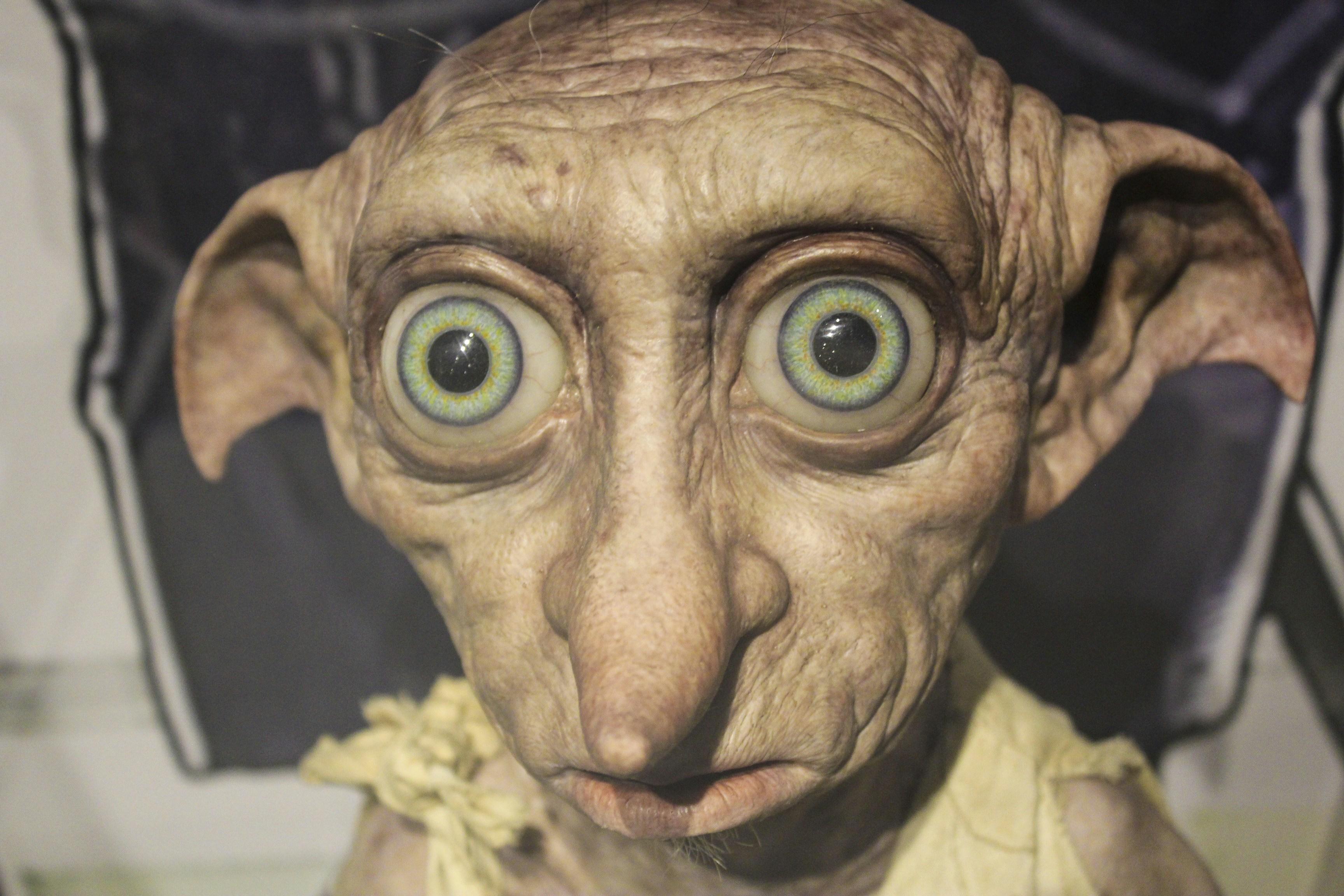“David Fincher's Dark and Distinct Directorial Style”>The Social Network,” directed by David Fincher and written by Aaron Sorkin, is a film that delves into the tumultuous origins of Facebook, offering a gripping portrayal of ambition, innovation, and betrayal. At its core, the film is a character study that navigates the intricate psychological landscapes of its protagonists, particularly Mark Zuckerberg, Eduardo Saverin, and Sean Parker. This article aims to dissect the multifaceted nature of these characters, exploring how their motivations, relationships, and personal conflicts drive the narrative forward. By examining the layers of complexity within each character, we gain a deeper understanding of the human elements that underpin this modern tale of technological revolution and social upheaval. Through an analytical lens, we will unravel the nuanced portrayals that make “The Social Network” a compelling exploration of ambition and the cost of success in the digital age.
Character Motivations and Ambitions: An In-Depth Analysis
- Mark Zuckerberg: At the heart of The Social Network is Mark Zuckerberg, whose motivations and ambitions are deeply intertwined with his desire for recognition and belonging. His character is driven by a relentless pursuit of innovation and a need to prove his worth. This ambition often manifests in a single-minded focus on the growth of Facebook, which sometimes blinds him to the ethical and personal implications of his actions. Despite his brilliance, Mark’s quest for success often leaves him isolated, highlighting a poignant dichotomy between his professional triumphs and personal losses.
- Eduardo Saverin: In contrast, Eduardo Saverin’s motivations are rooted in loyalty and friendship. His ambition is not just to build a successful company, but to maintain the integrity of his relationship with Mark. Eduardo’s approach is more cautious and traditional, focusing on monetization and business stability. However, his trust and expectations are repeatedly challenged, leading to a growing sense of betrayal. This tension underscores a broader theme of how differing ambitions and values can fracture even the closest of friendships.
The complexity of these characters is further amplified by their interactions with other key figures, such as Sean Parker and the Winklevoss twins, whose own ambitions add layers of intrigue and conflict. Each character’s motivations serve as a mirror, reflecting their personal desires and insecurities, and ultimately shaping the trajectory of the narrative.

The Role of Conflict in Shaping Personalities
In “The Social Network,” conflict serves as a pivotal catalyst in the evolution of the characters, revealing layers of their personalities that might otherwise remain hidden. The film intricately weaves personal and professional disputes into the narrative, showing how these tensions forge complex characters. Mark Zuckerberg, portrayed as both brilliant and socially inept, finds his personality further shaped by conflicts with his peers and business partners. His clashes with Eduardo Saverin, his friend and co-founder, highlight a stark divergence in values and priorities, pushing Mark towards a path of ruthless ambition. These confrontations not only propel the storyline but also expose Mark’s inner struggles with loyalty and trust, painting a picture of a man driven by both innovation and insecurity.
- Ambition vs. Friendship: The rift between Mark and Eduardo encapsulates the struggle between personal ambition and the value of friendship.
- Innovation vs. Ethics: Sean Parker’s influence on Mark brings to light the tension between groundbreaking ideas and ethical boundaries.
- Isolation vs. Connection: The irony of a social network creator who battles with personal isolation underscores the duality of his character.
These conflicts don’t merely serve as plot devices; they are integral to character development, pushing individuals to confront their own limitations and desires. Through these dynamic interactions, the film paints a multifaceted portrait of its characters, revealing how external pressures and internal dilemmas intertwine to shape the personas we see on screen.

Exploring Ethical Dilemmas and Moral Ambiguities
In David Fincher’s The Social Network, the narrative delves into the intricate personalities and motivations of its characters, portraying them as multifaceted individuals rather than one-dimensional archetypes. Mark Zuckerberg, the film’s protagonist, is depicted not merely as a tech genius but as a complex figure struggling with ambition, social isolation, and the pursuit of validation. His character navigates a landscape filled with ethical dilemmas, where his drive for innovation often collides with moral considerations. The tension between his personal aspirations and ethical boundaries forms a core element of the film’s narrative, leaving audiences to ponder the true cost of success.
- Ambition vs. Friendship: Mark’s relationship with Eduardo Saverin illustrates the moral ambiguity of ambition. While Mark is driven to push Facebook to unprecedented heights, his actions raise questions about loyalty and the ethical implications of sidelining a friend.
- Innovation vs. Ethics: The Winklevoss twins’ storyline underscores the ethical gray areas in technological innovation. The film challenges viewers to consider the fine line between inspiration and intellectual theft, raising questions about the ownership of ideas.
- Success vs. Integrity: Sean Parker’s influence on Mark highlights the seductive nature of success and its potential to corrupt. As Mark becomes more enmeshed in the business world, the narrative questions whether integrity can coexist with the relentless pursuit of success.
By presenting these character dynamics, The Social Network invites viewers to reflect on the ethical complexities that accompany technological advancements and the personal sacrifices made in the name of progress.

Recommendations for Understanding Character Development
When delving into the intricate character portrayals in “The Social Network,” it’s crucial to focus on several key aspects that contribute to understanding their development. Pay attention to dialogue and interactions, as these often reveal hidden layers of motivation and personality. The film is rich with rapid exchanges that not only drive the plot but also expose the complexities of each character. Observe the characters’ decision-making processes—choices made under pressure can highlight internal conflicts and growth.
- Examine non-verbal cues: Body language and facial expressions can provide insight into what characters are feeling beyond their words.
- Consider the context of relationships: How do the dynamics between characters evolve over time? Pay attention to shifts in alliances and rivalries.
- Reflect on character backgrounds: Understanding the personal histories of key figures can shed light on their motivations and behavior.
By focusing on these elements, one can gain a deeper appreciation for the nuanced portrayal of characters in the film, uncovering the layers of complexity that drive the narrative forward.
